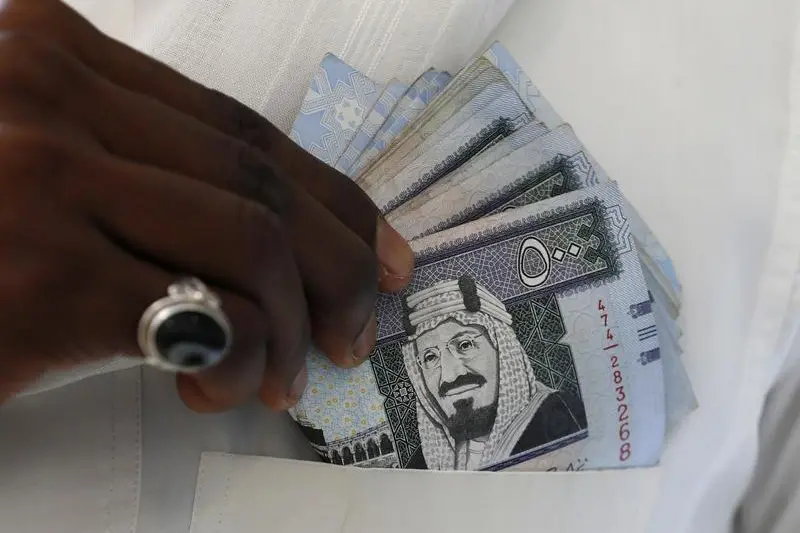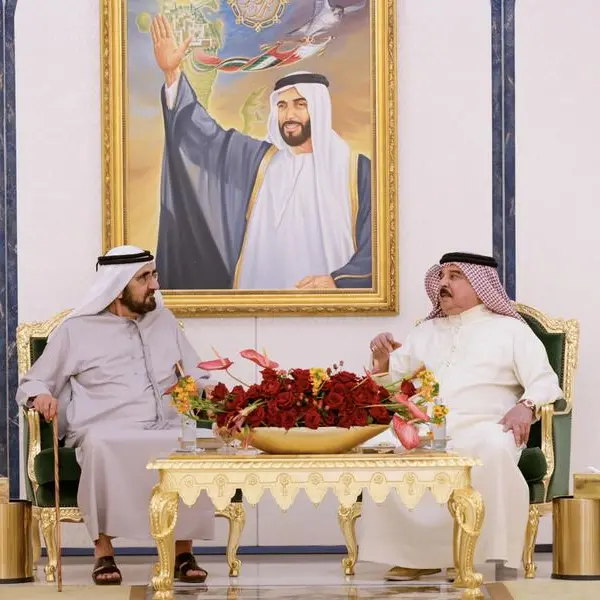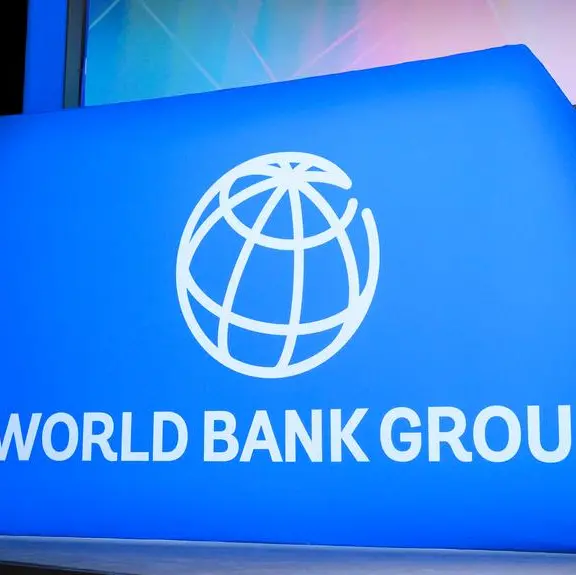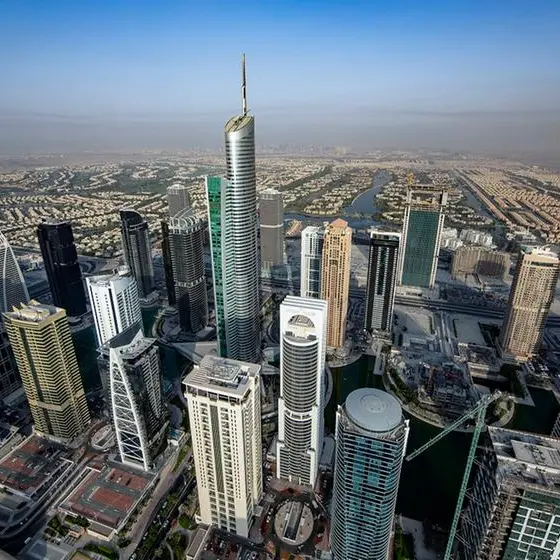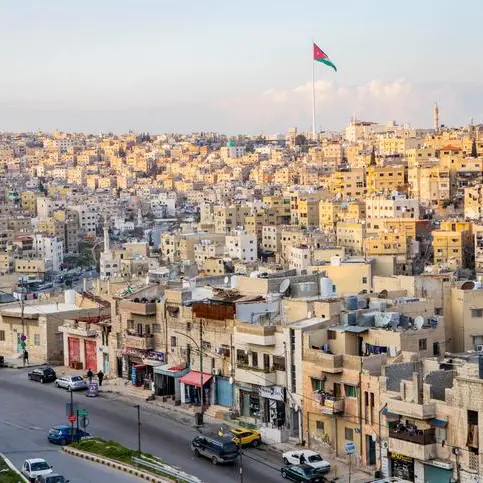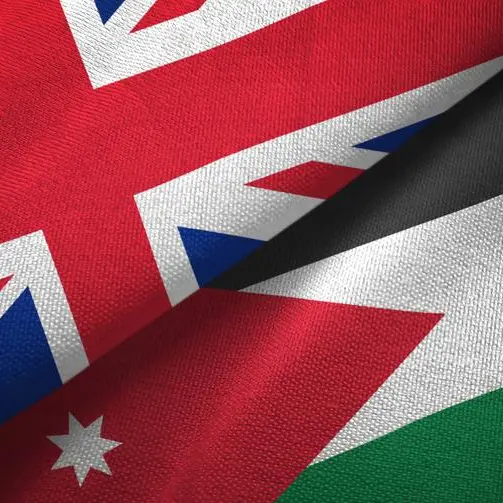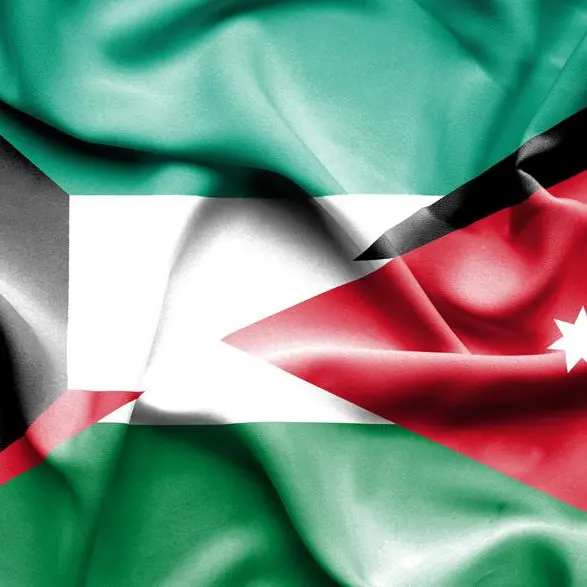PHOTO
* Paper published on same day as economic reform announcement
* Central bank says paper doesn't necessarily represent its views
* But analysis may shape future debate among policymakers
* Paper sees good arguments to keep riyal peg for now
* But says shifting economic structure may change this
By Andrew Torchia
DUBAI, May 25 (Reuters) - Saudi Arabia may need to change its currency's peg to the U.S. dollar if economic conditions shift, researchers at the Saudi central bank suggested in a paper that could shape debate among policymakers as the kingdom grapples with low oil prices.
The riyal's peg at 3.75 to the dollar has been a cornerstone of Saudi policy since 1986. But the collapse of oil prices since 2014, which created a $100 billion state budget deficit, has fuelled speculation in financial markets over whether it can be sustained for many more years.
In the paper, Ryadh Alkhareif and John Qualls analysed the advantages and disadvantages of 10 possible currency arrangements.
"What is sure is that in a changing environment, a forward looking monitoring framework will be essential for pursuing the appropriate exchange regime," they wrote. "The decision for one or the other exchange rate regime depends ultimately on the structure of the economy as well as the policy objectives."
Arrangements studied in the paper, entitled "Saudi Arabia's Exchange Rate Policy: Its Impact on Historical Economic Performance", range from the use of U.S. dollars in place of a local currency to a float which allowing the exchange rate to fluctuate freely.
The central bank said the paper, which it published late last month on the same day that Deputy Crown Prince Mohammed bin Salman announced reforms to cut the country's reliance on oil, did not necessarily reflect its views.
The authors stressed that for now, keeping the peg was probably the best course for Saudi Arabia. "Going forward, there are good arguments in favour of retaining the current fixed exchange rate regime especially in the near future...," they wrote.
But the paper's examination of a range of options suggests that in the long term, Saudi authorities may not remain wedded to current policy, even though it has been orthodoxy for three decades.
Foreign bankers briefed by Saudi officials earlier this year said authorities had explored the idea of changing the peg in a broad review of economic policy. They concluded that a change would be counter-productive now but conceivable in the far future, the bankers said.
After a surge of bets against the Saudi riyal early this year, the currency has rebounded in the forwards market
But that is partly because the central bank warned banks not to conduct derivatives trades that would pressure the riyal. Saudi interest rate swaps
GROWTH
The paper was published when Ahmed al-Kholifey was the central bank's deputy governor for research and international affairs. Since then, Kholifey has been appointed head of the central bank in a reshuffle of top policymakers.
The study found the riyal peg had helped to ensure healthy and stable economic growth with moderate inflation. It rejected the idea, often discussed by currency speculators, that a devaluation would ease pressure on state finances by inflating the riyal value of dollar-denominated oil revenues.
"Such a move would be far from painless, as it would raise import costs to both the general public and the government," the paper said, adding that it would be much better to handle the budget deficit with spending restraint and borrowing.
"The bottom line is that the dollar peg has served Saudi Arabia well, and is likely to do so until Saudi Arabia becomes a meaningfully diversified economy, with exports denominated in a mix of currencies," the paper concluded.
Nevertheless, it listed conditions under which the argument for keeping the peg would weaken: expected depreciation of the dollar, an unacceptably high U.S. inflation rate, or a divergence of the U.S. and Saudi economic cycles.
They are already diverging to some extent; the Saudi economy is expected to slow sharply this year because of state spending cuts, according to the International Monetary Fund, while U.S. interest rates have begun to rise in line with an economic recovery there.
The IMF has also shown signs of recognising that the riyal may need to fall at some point. After annual consultations with Riyadh last week, it said: "The exchange rate peg to the U.S. dollar continues to serve Saudi Arabia well given the structure of the economy."
But in a paper presented to a meeting of Arab finance ministers last month, the IMF said efforts by oil-exporting countries to diversify their economies could fail if their currencies became overvalued, hurting non-oil export industries.
Such considerations may keep speculation about an eventual devaluation of the riyal alive.
"I just think unpegging the currency is a necessity for the reform plan to succeed. We actually plan to invest heavily in Saudi Arabia after the event occurs," said a New York-based hedge fund manager, declining to be named because of commercial sensitivities. (editing by David Stamp) ((andrew.torchia@thomsonreuters.com; +9715 6681 7277; Reuters Messaging: andrew.torchia.thomsonreuters.com@reuters.net))
